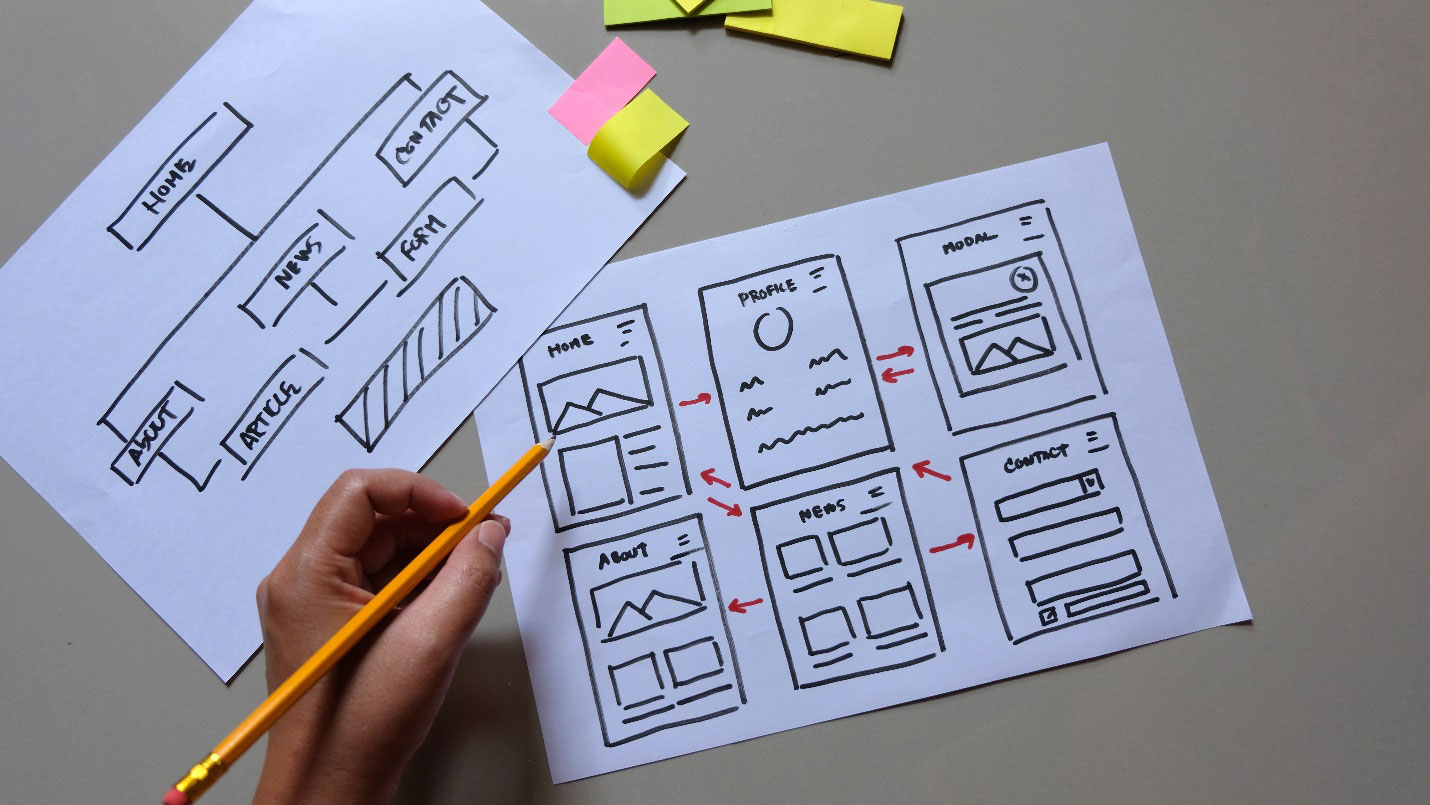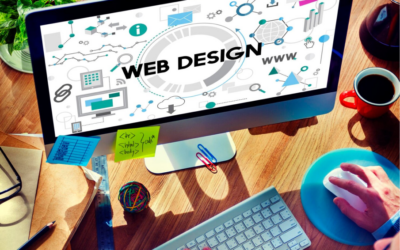Guide to UI SaaS: Streamline your Business

Step into the world of UI SaaS with us—an invitation to simplify your business journey. This guide is all about making your operations smoother, with user interface software that’s not just efficient but also people-friendly. No complicated tech talk here—just easy steps to enhance your business.
UI SaaS, or User Interface Software as a Service, offers businesses a way to enhance their user interface design and optimize their operations. With a wide range of features and functionalities, UI SaaS enables companies to create user-friendly interfaces.
We’ll walk you through everything you need to know about UI SaaS, from its benefits and features to how to select the best provider for your specific needs.
Understanding the benefits of UI SaaS
UI SaaS offers numerous benefits for businesses of all sizes. Firstly, it provides access to advanced user interface design tools without the need for expensive software licenses or in-house development teams. This means that even startups with limited resources can create stunning user interfaces that rival those of established companies.

Additionally, UI SaaS allows for seamless collaboration and real-time updates. Multiple team members can work on the same project simultaneously, making it easier to iterate and improve designs. Changes are instantly reflected across the platform, ensuring everyone is on the same page.
Moreover, UI SaaS platforms often come with built-in analytics and user feedback features. These tools provide valuable insights into user behavior, allowing businesses to make data-driven decisions and optimize their interfaces for better user experiences.
Common challenges in traditional UI development
Traditional UI development often involves a lengthy and complex process. Businesses typically rely on in-house development teams or external agencies to design and implement their user interfaces. However, this approach comes with several challenges.
Firstly, traditional UI development can be time-consuming. It often requires multiple iterations and extensive back-and-forth between designers, developers, and stakeholders. This can significantly delay projects and hinder business agility.
Additionally, traditional UI development lacks flexibility. Making changes to user interfaces or implementing new features can be cumbersome and may require additional development work. This can slow down innovation and hinder businesses from responding quickly to changing market demands.

Lastly, traditional UI development can be challenging to scale. As businesses grow and expand, the need for consistent user interfaces across various platforms and devices becomes crucial. However, maintaining a consistent design language and user experience can be challenging without a centralized UI development platform.
How UI SaaS streamlines business processes
UI SaaS platforms offer a wide range of features and functionalities that streamline business processes. Let’s explore some of the key ways UI SaaS can enhance efficiency and productivity within organizations.
One of the primary ways UI SaaS streamlines business processes is through its intuitive drag-and-drop interface builders. These builders allow users to create and customize user interfaces without any coding knowledge. This eliminates the need for extensive development work and empowers non-technical team members to contribute to UI design.
Moreover, UI SaaS platforms often come with pre-built templates and components that can be easily customized and reused. This saves time and effort, as designers don’t have to start from scratch for every project. They can simply select the desired template or component and modify it to fit their specific needs.

Key features and functionalities of UI SaaS platforms

UI SaaS platforms offer a wide range of features and functionalities to support businesses in creating user-friendly interfaces. Let’s explore some of the key features you should look for when selecting a UI SaaS platform for your business.
1. Drag-and-Drop Interface Builder: An intuitive drag-and-drop interface builder allows users to create and customize user interfaces without any coding knowledge. This empowers non-technical team members to contribute to UI design and speeds up the development process.
2. Pre-built Templates and Components: Look for a UI SaaS platform that offers a variety of pre-built templates and components. These templates and components can be easily customized and reused, saving time and effort.
3. Collaboration Tools: Collaboration tools enable real-time collaboration among team members. Look for features such as commenting, version control, and live editing to facilitate seamless collaboration.
4. Integration Capabilities: Ensure that the UI SaaS platform can be easily integrated with other business tools and systems. This allows for seamless data flow and eliminates the need for manual data entry.
5. Testing and Prototyping Features: Look for a UI SaaS platform that offers built-in testing and prototyping features. These features enable businesses to gather user feedback and validate design ideas before implementing them.
6. Analytics and User Feedback Tools: Analytics and user feedback tools provide valuable insights into user behavior. Look for features such as heatmaps, click tracking, and user surveys to gather data and make data-driven design decisions.
7. Responsive Design Support: With the increasing use of mobile devices, responsive design is crucial. Ensure that the UI SaaS platform supports responsive design, allowing your interfaces to adapt to different screen sizes and resolutions.
8. Customizable Design Systems: Look for a UI SaaS platform that allows you to create and manage customizable design systems. This ensures consistency across different projects and platforms.
9. Security and Compliance: Ensure that the UI SaaS platform prioritizes security and compliance. Look for features such as data encryption, access controls, and compliance with industry standards.
Choosing the right UI SaaS platform for your business
Choosing the right UI SaaS platform is crucial for the success of your business. Here are some factors to consider when selecting a UI SaaS platform:
1. Business Needs and Goals: Start by assessing your business needs and goals. Consider factors such as the complexity of your user interfaces, the size of your team, and your budget. This will help you identify the features and functionalities you require in a UI SaaS platform.
2. Ease of Use: Look for a UI SaaS platform that is intuitive and easy to use. Consider the user interface and the learning curve associated with the platform. A user-friendly platform will ensure faster adoption and minimize training efforts.
3. Scalability: Consider the scalability of the UI SaaS platform. Can it support your business as it grows and expands? Look for platforms that can handle increasing user traffic and accommodate future business needs.
4. Integration Capabilities: Assess the integration capabilities of the UI SaaS platform. Can it integrate with your existing business tools and systems? Look for platforms that offer seamless integration to ensure data flow and streamline workflows.
5. Customization Options: Consider the customization options offered by the UI SaaS platform. Can you create and manage custom design systems? Look for platforms that allow you to customize the user interface to reflect your brand identity and meet your specific design requirements.
6. Security and Compliance: Evaluate the security and compliance measures implemented by the UI SaaS platform. Look for platforms that prioritize data encryption, access controls, and compliance with industry standards. This will ensure the protection of your sensitive business and user data.
7. Customer Support and Training: Consider the level of customer support and training provided by the UI SaaS provider. Look for platforms that offer comprehensive documentation, tutorials, and responsive customer support. This will ensure a smooth adoption process and ongoing assistance when needed.
8. Reviews and Reputation: Research the reviews and reputation of the UI SaaS platform and provider. Look for testimonials from existing customers and industry experts. This will give you insights into the platform’s reliability, performance, and customer satisfaction.

Best practices for successful UI SaaS adoption
To ensure a successful UI SaaS adoption, consider the following best practices:
1. Start Small: Begin by implementing UI SaaS in a small project or team. This will allow you to test the platform’s capabilities and identify any potential challenges or areas for improvement before scaling up.
2. Involve Stakeholders: Involve stakeholders from different departments and teams in the adoption process. This will ensure that the UI SaaS platform meets the needs of all stakeholders and that there is buy-in from key decision-makers.
3. Promote Collaboration: Encourage collaboration among team members during the adoption process. Foster an environment where feedback and ideas are welcomed, and where everyone feels empowered to contribute to the UI design process.
4. Provide Ongoing Training and Support: Offer ongoing training and support to your team members. Ensure that they have access to the resources and assistance they need to effectively use the UI SaaS platform. This will minimize frustration and maximize productivity.
5. Encourage Experimentation: Encourage your team members to experiment with different design variations and features offered by the UI SaaS platform. This will foster innovation and help uncover new design opportunities.

6. Stay Updated: Stay updated with the latest features and updates released by the UI SaaS provider. Regularly review the platform’s documentation and attend webinars or training sessions to ensure that you are leveraging all the available features and functionalities.
7. Measure Success: Define key performance indicators (KPIs) to measure the success of your UI SaaS adoption. Monitor metrics such as user engagement, conversion rates, and user satisfaction to assess the impact of UI SaaS on your business.
Case studies: Real-life examples of businesses using UI SaaS
1. Semrush
Highlight: In this case study you’ll know how Semrush became $100m SaaS company with its marketing concepts, ideas, and tactics.
1– Single handed focus on building product:
In 2006, after conducting many experiments to unravel the secrets of website ranking in Google, they launched their first SEO tool, SEOQuake.
The success of SEOQuake paved the way for the birth of the initial version of Semrush in 2007.
2- Working on providing more value at a limited expense:
Semrush has adopted a unique approach called “horizontal product expansion,” where its marketing strategy doesn’t solely revolve around converting more customers. Instead, they focus on increasing Monthly Recurring Revenue (MRR) without acquiring new customers.
3-Providing Global Access:
Semrush has got you covered if your readers and website visitors come from diverse backgrounds and various parts of the world.
Their marketing materials, such as banners, widgets, and ebooks, are available in 10 different languages, making it possible for you to promote SEMrush to a global audience and maximize your earning potential.
4-Beneficial Affiliate Program:
You can earn noticeable recurring commissions as an affiliate in the top SaaS (Software as a Service) SEMrush Affiliate Program. For each new sale, you can earn $200.00, for every new trial, $10.00; and for each new signup, $0.01.

2. Canva
Highlight: In this SaaS growth case study, you’ll know how Canva became a $40Bn designing brand.
1- Website:
Where there is personalization, there is success. This is because, in such situations, you focus on each of your customers rather than yourself. Thus, by keeping this in mind, Canva asks its new or existing users about their designs.
2- Influencer Marketing:
Canva’s SaaS influencer marketing approach revolved around using the influence of tech influencer Guy Kawasaki. He had served as the marketing head at Apple.
3- Paid Ads:
Canva’s ad is brilliantly straightforward and effective in its approach.
Conclusion:
As we wrap up our UI SaaS journey, remember: simplicity is power. Embracing user interface software is not just about efficiency; it’s about making your business more human. By streamlining operations and adding that personal touch, you’re set to thrive. Here’s to a smoother, friendlier business future—simplicity at its best. Cheers to your success!
If you’re in search of cutting-edge UI SaaS services to elevate your business, look no further. Techtix is here to empower your organization with state-of-the-art User Interface Software as a Service solutions. Our platform is designed to streamline your processes, enhance collaboration, and drive innovation in UI development
check out our case studies.



